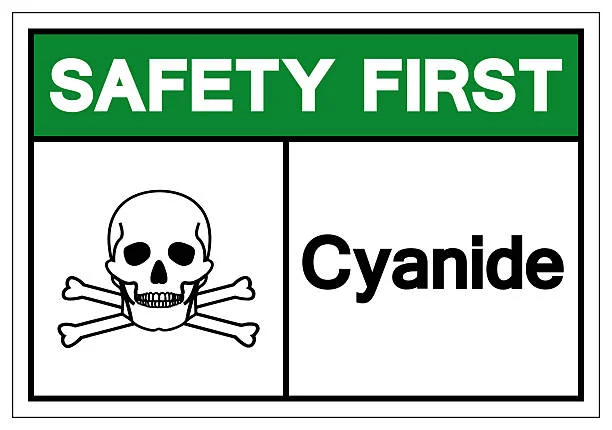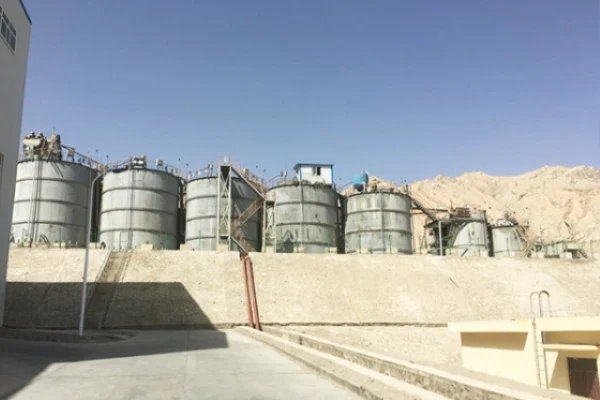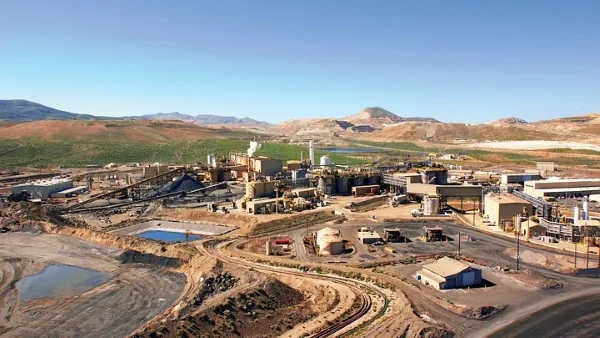
Introduction
In the mining industry, especially for Small Mines, the extraction of precious metals such as gold and silver has long relied on Sodium Cyanide. However, the use of sodium cyanide comes with significant environmental and safety concerns. It is highly toxic and can cause severe pollution to water sources and harm to aquatic life. With the increasing emphasis on environmental protection and stricter regulations globally, small mines are under great pressure to find alternative methods for metal extraction. This article explores the application of Sodium cyanideReplacement Technologies in small mines, aiming to provide a comprehensive understanding of these sustainable solutions.
Drawbacks of Sodium Cyanide in Small Mines
Environmental Risks
Small mines often lack advanced waste management systems. When sodium cyanide is used, there is a high risk of cyanide leakage into nearby water bodies during the extraction process. Even a small amount of cyanide can be extremely harmful to the ecosystem. For example, it can lead to the death of fish and other aquatic organisms, disrupting the entire aquatic food chain. In addition, cyanide can persist in the environment for a long time, causing long - term damage to soil and water quality.
Safety Hazards
Handling sodium cyanide requires strict safety measures. Small mines may not always have the resources to invest in proper safety equipment and training for their workers. Accidental exposure to sodium cyanide can cause serious health problems for miners, including respiratory failure and even death. Moreover, in the event of natural disasters or accidents, the storage and transportation of sodium cyanide in small mines can pose a significant threat to the surrounding communities.
Alternative Technologies to Sodium Cyanide
Thiosulfate Leaching
Thiosulfate leaching is a non - toxic alternative to cyanide - based extraction. It uses thiosulfate ions to dissolve gold from ores. This method is more environmentally friendly as it does not release highly toxic substances. In small mines, thiosulfate leaching can be a suitable option as it can be applied to a variety of ore types. However, it does have some challenges. It may require additional process optimization, such as controlling the pH and temperature of the leaching solution more precisely. Also, the operational costs are relatively higher compared to cyanide leaching, mainly due to the cost of thiosulfate reagents and the need for more complex equipment in some cases.
Chloride Leaching
Chloride leaching involves using chloride ions to dissolve gold and other metals from ores. It presents lower environmental risks compared to cyanide. Small mines can benefit from this method as it can be more adaptable to local conditions. For instance, in areas where chloride - containing materials are easily accessible, the cost of reagents can be reduced. However, managing the by - products and waste from chloride leaching can be difficult. Chloride - rich waste may require special treatment to prevent corrosion of equipment and environmental pollution.
Bioleaching
Bioleaching utilizes microbial activity to extract metals from ores. This is a sustainable and eco - friendly alternative. Microorganisms, such as certain bacteria, can break down the ore and release the metals. For small mines, bioleaching has the advantage of being relatively simple to set up in some cases. It does not require highly sophisticated equipment. However, the efficiency of bioleaching can be limited by factors such as the type of ore and the activity of the microorganisms. Some ores may not be easily decomposed by the available microorganisms, and the growth and activity of microorganisms can be affected by environmental conditions like temperature and pH.
Use of Environment - friendly Gold Dressing Agents
There are several environment - friendly gold dressing agents available in the market that can replace sodium cyanide. For example, the "Jinchán" environmental - friendly gold dressing agent developed by Guangxi Senhe High - tech Co., Ltd. has the advantages of low toxicity, high recovery rate, and easy operation. These agents can be used in the same processes as sodium cyanide, such as heap leaching, pool leaching, and carbon - in - pulp processes. They can effectively extract gold from various types of ores, including those with complex compositions. Another example is the CNFREE sodium cyanide substitute, which can be directly used for gold ore dressing and refining without changing the original equipment and cyaniding process, truly achieving the goal of green environmental protection.
Challenges and Solutions in Applying Alternative Technologies in Small Mines
Cost - effectiveness
One of the main challenges for small mines in adopting alternative technologies is cost - effectiveness. Many alternative methods, such as thiosulfate leaching, may have higher initial investment costs for equipment and reagents. To address this, small mines can consider collaborating with research institutions or larger mining companies to share the costs of research and development of more cost - effective processes. Additionally, government subsidies or incentives can be provided to encourage small mines to adopt these sustainable technologies.
Technical Expertise
Small mines may lack the technical expertise required to operate and optimize these alternative technologies. Training programs can be organized by industry associations or government agencies to educate miners on the proper use of new extraction methods. For example, training on how to control the parameters in thiosulfate leaching or how to manage the microbial environment in bioleaching. Moreover, technology providers can offer on - site technical support to small mines during the initial stages of adopting new technologies.
Regulatory Adaptation
The regulatory environment for mining is constantly changing. Small mines need to ensure that the alternative technologies they adopt comply with local and international regulations. This requires close communication with regulatory authorities. Regulatory bodies can also play a role by providing clear guidelines on the acceptable levels of environmental impact and safety standards for alternative technologies, making it easier for small mines to adapt.
Conclusion
The application of sodium cyanide replacement technologies in small mines is crucial for sustainable development in the mining industry. Although there are challenges such as cost - effectiveness, technical expertise, and regulatory adaptation, the benefits of these alternative technologies in terms of environmental protection and safety are significant. By addressing these challenges through collaboration, training, and better communication with regulatory authorities, small mines can successfully transition to using more sustainable extraction methods, ensuring the long - term viability of their operations while minimizing their impact on the environment and society.
- Random Content
- Hot content
- Hot review content
- Plastic Shock Tube(VOD≧1600m/s)
- Ferrous Sulfate Industrial Grade 90%
- Cupric Chloride 98%
- 99% Animal Feed Additive DL Methionine
- How does Sodium Ferrocyanide help in the mineral flotation process?
- Manganese carbonate
- How do I choose the right flotation reagent?
- 1Discounted Sodium Cyanide (CAS: 143-33-9) for Mining - High Quality & Competitive Pricing
- 2China's New Regulations on Sodium Cyanide Exports and Guidance for International Buyers
- 3Sodium Cyanide 98% CAS 143-33-9 gold dressing agent Essential for Mining and Chemical Industries
- 4International Cyanide(Sodium cyanide) Management Code - Gold Mine Acceptance Standards
- 5China factory Sulfuric Acid 98%
- 6Anhydrous Oxalic acid 99.6% Industrial Grade
- 7Oxalic acid for mining 99.6%
- 1Sodium Cyanide 98% CAS 143-33-9 gold dressing agent Essential for Mining and Chemical Industries
- 2High Quality 99% Purity of Cyanuric chloride ISO 9001:2005 REACH Verified Producer
- 3Zinc chloride ZnCl2 for High Molecular Weight Polymers Initiator
- 4High Purity · Stable Performance · Higher Recovery — sodium cyanide for modern gold leaching
- 5High Quality Sodium Ferrocyanide / Sodium Hexacyanoferr
- 6Gold Ore Dressing Agent Safe Gold Extracting Agent Replace Sodium Cyanide
- 7Sodium Cyanide 98%+ CAS 143-33-9











Online message consultation
Add comment: